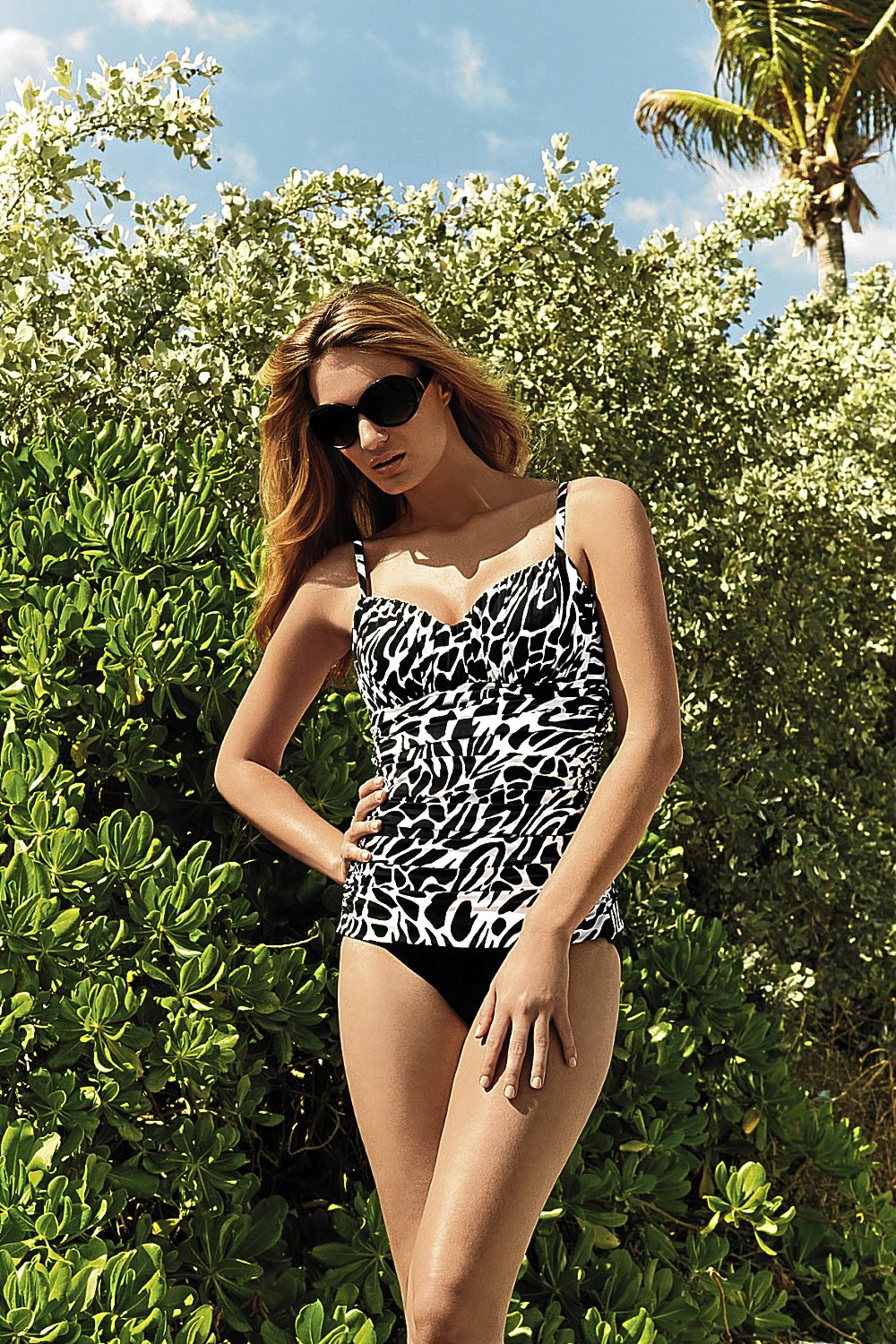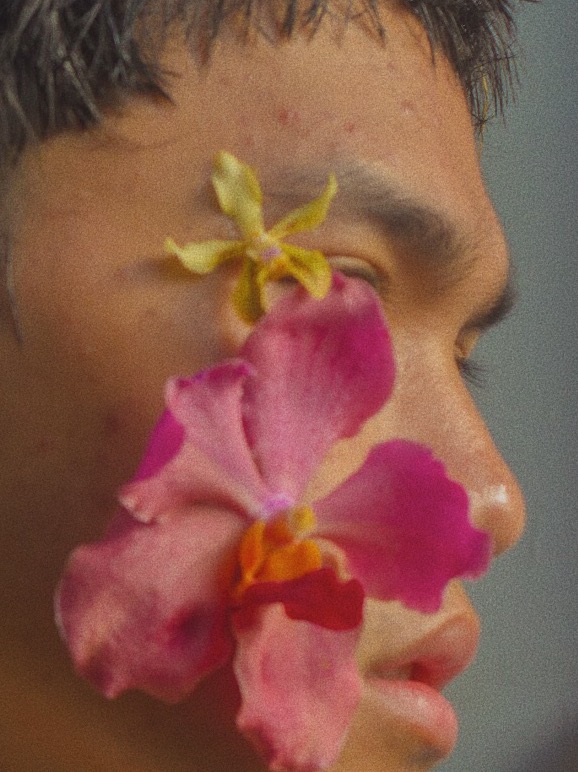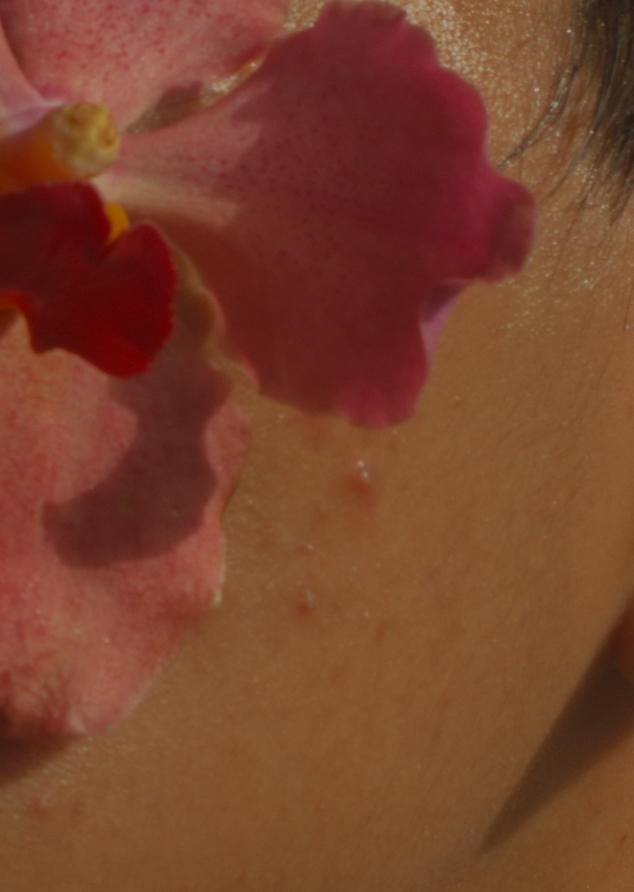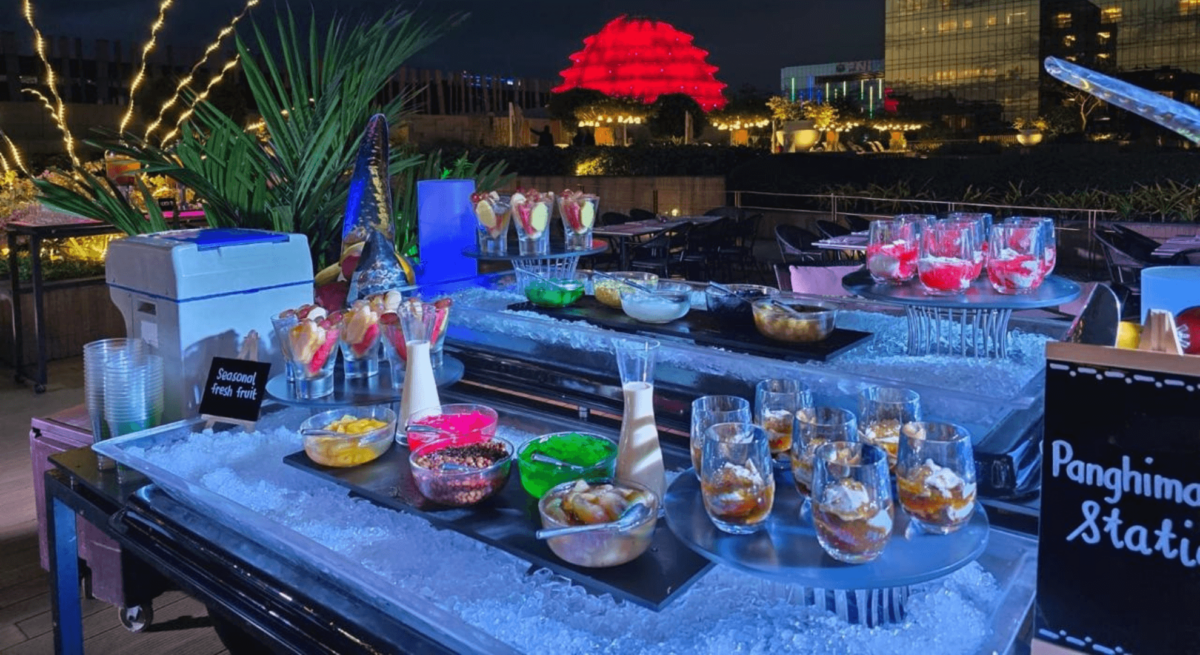On a Friday night, inside the packed train, almost every passenger is on their phone. Many are scrolling through their social media feeds, most are chatting with friends, and some are watching Korean dramas with undivided attention. Meanwhile, as sweat beads flock right above my eyebrows, I’m browsing through reviews for Herbivore’s Lapis Facial Oil.
Since I finished the bottle of Always Sunday’s Rose Quartz oil down to its last drop, I have been searching for a new facial oil. My cousin recommended Herbivore, but after a trip to Escolta last week, I have also been considering Daniela Calumba’s locally and sustainably made hemp seed oil.
Don’t get me wrong. I loved Always Sunday’s Rose Quartz oil. I can even wear it in the morning without the greasy feeling. I just switch products the way I change my underwear: frequent. Despite this mercurial attitude, I like my skincare routine tight and light—yes, like my underwear.
After my failed search for friends who would be ordering from Sephora soon, I went on Facebook and stumbled upon the term “skipcare.” According to beauty site Byrdie, this emerging trend from Korea veers away from the extensive (was it 7, 10, or 12?)-step K-skincare routine. It’s all about simplifying your routine with the essentials only. This seems to follow the “escape the corset” movement that’s prevalent on social media right now.
The chok chok trend drove us to the fascinating world of K-beauty where snail slime and yeast are the superstars. Does it also take a trend to change our ways?
Skincare is self-care
I have always been fascinated with skincare products. When I was 13, I wanted to be 16. If it’s only legal to drink at 18, the young ones in our household are only allowed to rub their faces with an Eskinol-soaked cotton ball at 16. And at 13, all I wanted was to have a nightly ritual of Eskinol and Oil of Olay.
When I turned 16 though, I forgot all those aspirations I had at 13. I washed my face with two palmful of tap water every day, scrubbed occasionally with a DIY muscovado sugar mask, and slap just about anything on my skin—even the expired Oil of Olay from many years ago. Except for the rare yet recurring pimple on my nose (thanks to puberty), my skin never budged. I was lucky I never had to go through a severe case of acne during my teens.
Growing up in a country obsessed with beauty and the white-as-snow complexion, I only heard the term “skincare” a few years ago. The products meant for skin application weren’t advertised and sold as skincare products. They have always been beauty products meant to lighten the skin or to eradicate blemishes. The allure of patting loads of serums and laying that sheet mask on the skin lies in the promise that skincare is a form of self-care.
Skincare is truly laborious, but it makes us feel good. When I engage in my skincare routine, my mind—I hope my skin, too—becomes clear the moment I press the pump of my cleanser.
My first regimen, partly inspired by the trending multiple-step Korean routine, was long. Even if I don’t wear makeup, I started double cleansing. Then, I would proceed patting my face with a hydrating toner. They say applying it in three layers would keep your skin supple, and so I did. It’s all about hydration, so I would proceed with serums. Yes, I used to put on multiple serums because, along with hydration, I wanted to clear my acne marks. The nightly habit would end with a dollop of snail secrete moisturizer and a touch of rosehip oil. On weekends, sheet masks would punctuate my routine.
Read also: How I fell in love with makeup at an all-girls Catholic school
Skincare is truly laborious, but it makes us feel good. When I engage in my skincare routine, my mind—I hope my skin, too—becomes clear the moment I press the pump of my cleanser. As I apply each product whether with a circular motion or a gentle pat, time becomes fluid as I wish it to be. The long, gentle process underscored by the mellifluous music from Solange’s A Seat at the Table—I consider this the perfect soundtrack for any routine because her euphonious voice calls for gentle yet precise movements that aren’t rushed—dictates the flow of time. And that feels great.
Skincare is science. Or is it?
My skincare obsession began at a time when brands like The Ordinary introduced potent yet affordable products. Instead of hiding them behind a cutesy name and packaging, The Ordinary presented their products in almost clinical manner. They come in amber bottles labeled with the active ingredient and its percentage. In an instant, products like retinoid and chemical peel that could have only been obtained from a dermatologist have become easily available—their BHA/AHA mask is not even on sale in Canada due to its high concentration of acid.
“The skincare industry uniquely straddles the line between health and aesthetics, between drugs and cosmetics,” reads an article from The Atlantic. While dermatologists know best, the opinions of that beauty vlogger, your office seatmate, and everyone else who invests on skincare have become valid and valuable. As The Atlantic article suggests, skincare has turned into an at-home science. And when you leave someone who pretends they know things about skincare (like me), disaster brews.
When I learned about The Ordinary as I was building my first skincare routine, the ultimate goal was to clear my acne marks. So, I started with The Ordinary’s vitamin C suspension. It was a little gritty and it smelled like metal when I massage it on my face, but I learned from the internet that this antioxidant is effective in lightening dark marks. I didn’t understand how the concept of patience applies to skincare back then, so I ordered azelaic acid, one of the less popular natural compounds that apparently lightens blemishes, from the same brand.
I noticed how it calms my acne, but I was too impatient I never got to see my marks fade with it.
“The skincare industry uniquely straddles the line between health and aesthetics, between drugs and cosmetics.”
I tend to purchase new products on sweldo day. So, 15 days since I got the azelaic acid cream, God blessed me with a paycheck abundant in both overtime pays and deductions for tardiness. On that same day, the devil lured me back to the online shop where I got the other products. This time I got two more actives: The Ordinary’s BHA/AHA mask and alpha lipoic acid, another antioxidant that was said to work better than vitamins C and E.
Read also: The SCOUT friends’ makeup advice for low-maintenance chicks like me
The number of products I applied then on my skin increased and so did the population of pimples on my cheeks. Despite that, I went on with the routine of shifting active ingredients every night. The internet said my bad skin is just a natural occurrence called purging, anyway. I even went as far as adding retinoid and glycolic acid to my routine, but it was a futile effort. As I acquired more and more bottles of skincare products, the population of pimples on my cheeks also grew.
If anything, my skin just reminded me of a theory I learned in my college global politics class. The hegemonic stability theory proposes that global relationships will remain stable when there is just a single dominant nation or hegemon. And when that hegemon fails, a new one rises. In the case of my skin, a new pimple emerges when an old dries up, and new ingredient is welcomed when a previous product wouldn’t work.
Now, the bad and the ugly
The products I’ve used in the past are not at fault. So, what went wrong? If it’s not obvious yet, I made the mistake of believing in what everyone says and subscribing to the impossible standards of the beauty industry.
Yes, we may have moved on from anti-aging to anti-pollution, from whitening to glowing, but the beauty industry will always be tied to certain parameters of what constitutes beautiful. We may look at skincare as a form of self-care first and foremost, but the perfect skin, at the back of our heads, is still the ultimate goal.
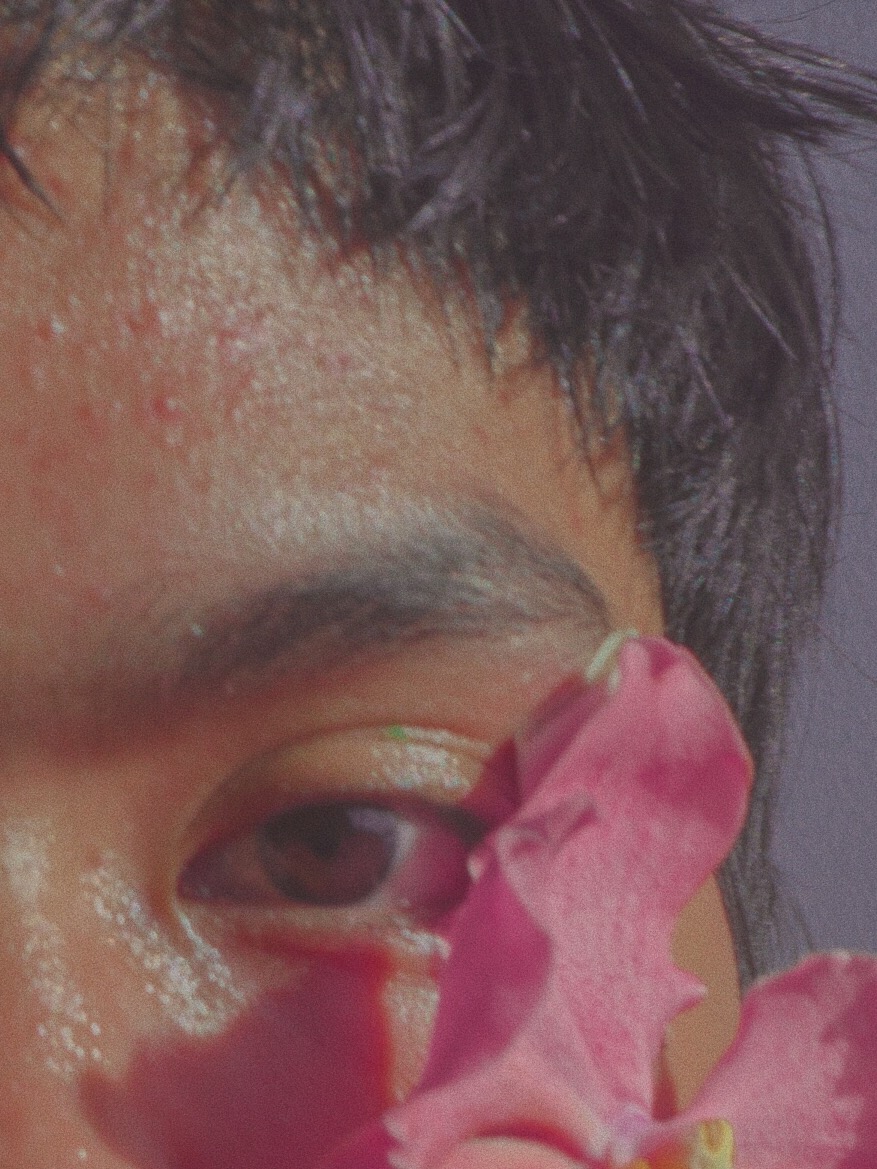
“But [skincare] is a scam. It has to be. Perfect skin is unattainable because it doesn’t exist. The idea that we should both have it and want it is a waste of our time and money,” Krithika Varagur writes in an article for culture website The Outline where she cites a study debunking the purpose of moisturizer. “The problem is that, within the current paradigm, a blemish seems like a referendum on who you are as a person…Pimples today are stigmata. The sin they betray is nothing as tawdry as adultery but just, well, not taking care of yourself.”
“Perfect skin is unattainable because it doesn’t exist. The idea that we should both have it and want it is a waste of our time and money.”
With the continuous rise of beauty gurus and more skincare brands, the approach for skincare has become more universal. Before we consider the idea of hiyang, we take our friends’ or that vlogger’s experiences as if they were own. These days, it has become a common exercise to bank on one product simply because someone you know or you watched on YouTube recommended it. We all have dermal woes. Acne, at one point or another, attacks everyone’s skin. However, there is no one universal potion to cure it.
Read also: 5 gentle reminders that will boost your skincare routine
Skincare, like your undies, is very personal. I can blabber about simplifying my routine improved my skin, but I bet Lorde wouldn’t buy this tip. I had a classmate in college who used to wash her face with water only and had the clearest skin. Meanwhile, there are also individuals who can’t live without salicylic acid.
It’s all personal, and dermatologists are the best people to help you with it.
So what worked?
Up until this day, I still have bad skin though not as worse as it was in the beginning of 2017—I have one pimple on each cheek covered in Bioderma ointment as I write this I still haven’t consulted a dermatologist. And I’m still obsessed with skincare.
Like on that night of my search for my next oil, I still browse through skincare products. In my head, my routine is composed of Missha Time Revolution Essence, Vintner’s Daughter Botanical Serum, and La Mer Moisturizing Cream. I still follow to Liah Yoo and Stefan Punongbayan’s skincare tips.
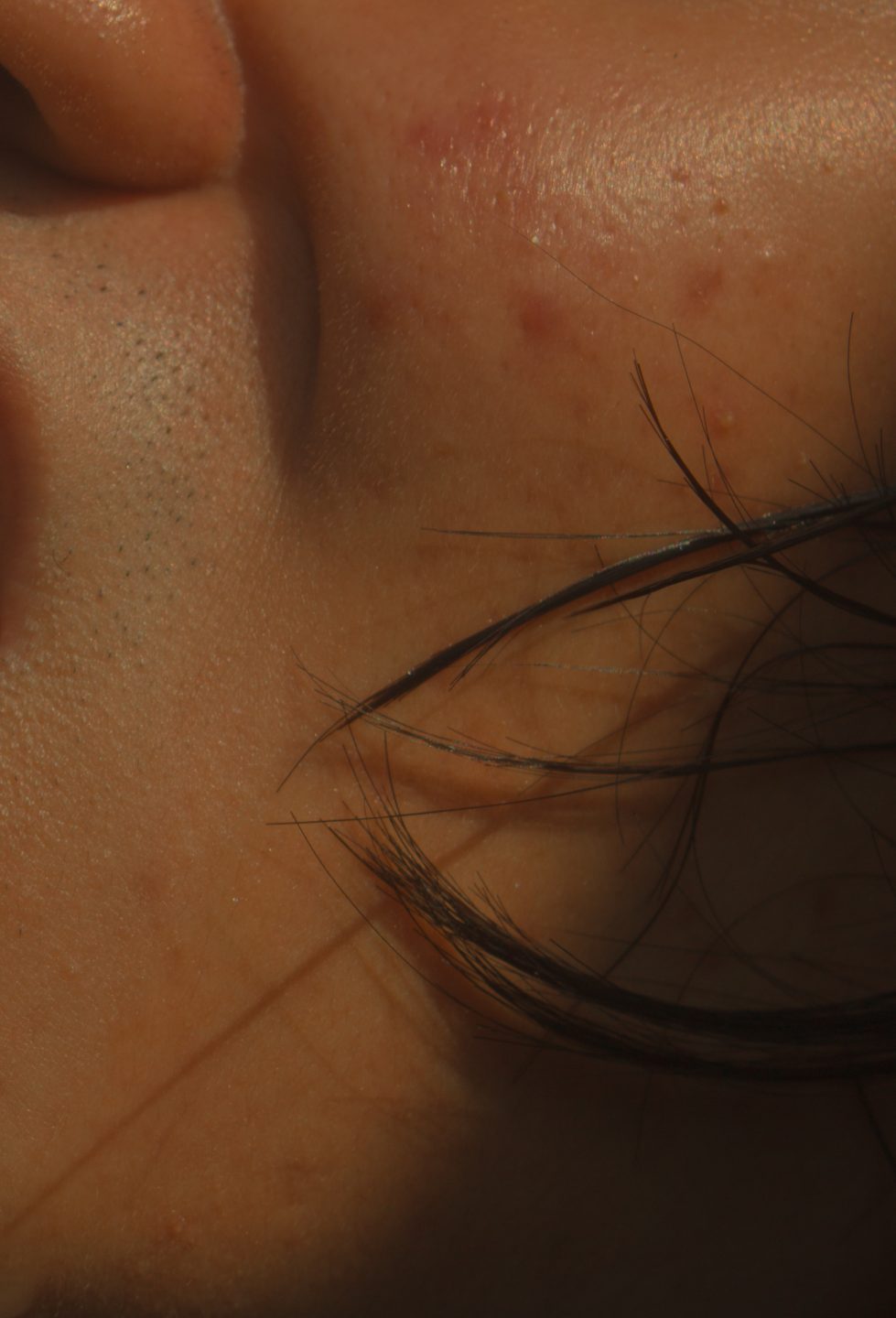
I just learned to accept the skin I’m in, and to live with acne and the marks they leave behind. Although I still believe in the notion of a “perfect skin” (no, not perfect, just better skin maybe), I now know that my skin can recover on its own albeit slowly. Is this true self-care and body-positivity? Maybe. But to tell you the truth, I left my job and went broke for most of the year. In other words, I ran out of funds to buy more skincare products. But I just learned to care less, and great things happen when you care less.
Since then, I’ve been doing a basic routine involving just one cleanser, a moisturizer, facial oil, and sunscreen. It’s still pretty much of a ritual that I can finish in two songs from Robyn’s new album—”Baby Forgive Me” and “Send to Robin Immediately” set the pace best since they are somewhat connected unless a Spotify ad interrupts the seamless transition.
As of writing, I still haven’t gotten a new facial oil. One, I’m still doing research. Two, I found a different form of self-care where I’m more willing to invest in than skincare. Third, I just care less. After all, my skin is just alright as it is. And I still feel great!

